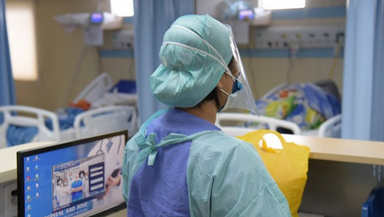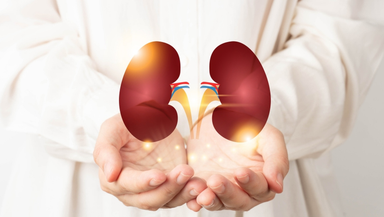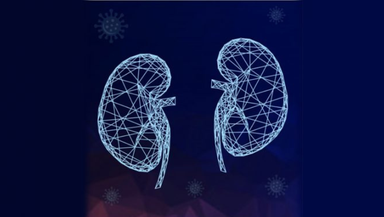Anterior Cruciate Ligament (ACL) Tear

One of the most common knee injuries is an anterior cruciate ligament sprain or tear.
Athletes who participate in high-intensity sports such as soccer, football, and basketball are more likely to injure their anterior cruciate ligaments. The anterior cruciate ligament is one of the four ligaments in the knee that provides stabilization for the knee joint. An ACL tear or sprain occurs with a sudden change in direction or pivot against a locked knee.
Signs & Symptoms for ACL Tear
After an injury to the knee, the patient frequently reports hearing a loud pop and subsequently experiencing severe pain. Walking or bearing weight is excruciating. The knee joint will begin to swell within a few hours because of bleeding within the joint, making it difficult to straighten the knee.
What are the Causes relating to torn ACL?
Most anterior cruciate ligament injuries occur due to injury, usually in a sport or fitness activity. The ligament gets stretched or tears when the foot is firmly planted and the knee locks and twists or pivots at the same time. This commonly occurs in basketball, football, soccer, and gymnastics, where a sudden change in direction stresses and damages the ligament.
How is Diagnosis of Torn ACL done?
A doctor may order one or more diagnostic medical imaging tests to confirm the presence and severity of an ACL injury, such as an MRI, x-ray, or ultrasound. Some ACL tears can be diagnosed without medical imaging.
X-rays provide physicians with a look at a person's bones. If an ACL tear is suspected due to the possibility of fracture, a straightforward x-ray of the knee is required.
Magnetic resonance imaging (MRI) provides a detailed view of the ligaments, tendons, bones, and cartilage of the knee joint, including the ACL. An MRI of the knee is utilized to confirm the diagnosis, evaluate for other injuries to the knee, and help plan for surgery.
Ultrasound imaging uses high-frequency sound waves to build a picture of the knee. Ultrasound shows resolution of the tendons and ligaments outside of the knee joint, but because of the ACL’s location deep inside the joint, ACL tears cannot be visualized with ultrasound.
ACL Treatments & Knee surgery
Ice and pain medicine are used to treat the injury at first, with the aim of decreasing discomfort and inflammation.
Use crutches until the knee has fully healed and walking without a limp is possible.
To get back to normal, you'll need physiotherapy and rehabilitation regimens that focus on strengthening and extending exercises in order to regain strength and a full range of motion. A knee brace may assist with support for the unstable joint.
ACL surgery is a common and major operation with risks and possible negative results. You may have other, less invasive treatment choices available to you. Before undergoing ACL surgery, discuss all of your treatment options with another doctor.
ACL surgeries are done by orthopedic surgeons.
Why Gleneagles Hospital, Parel, Mumbai for ACL Knee Surgery?
Gleneagles Hospital, Parel, Mumbai is committed to delivering excellent individual care and customer service for ACL knee surgery. Our dedicated surgeons aim to achieve consistently excellent results. For us it's more than just treating patients, it's about looking after people.
For any queries related to Bone and Joint related conditions, consult our doctors at Gleneagles Hospital, Mumbai, Department of Orthopaedics & Joint Replacements.











